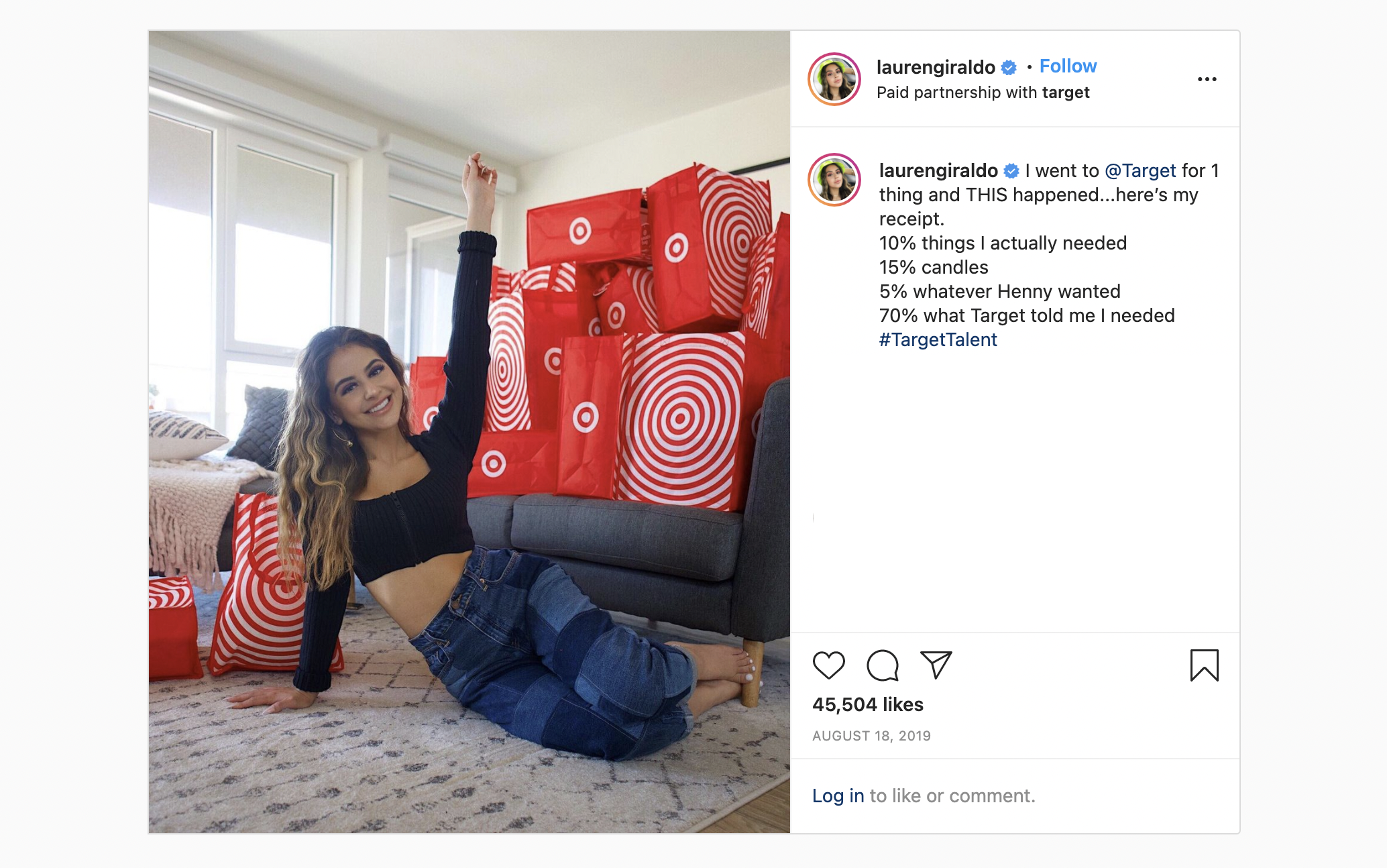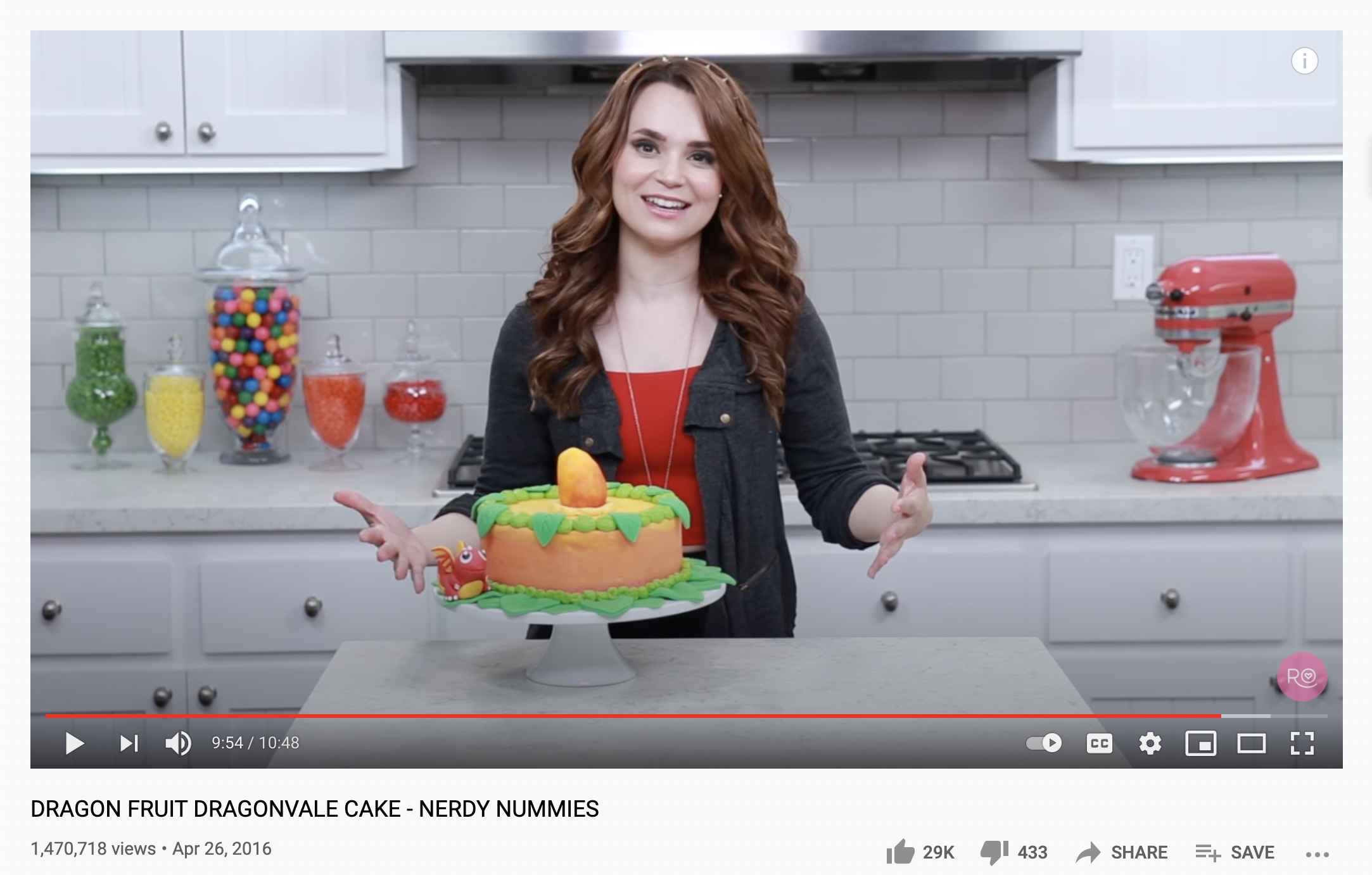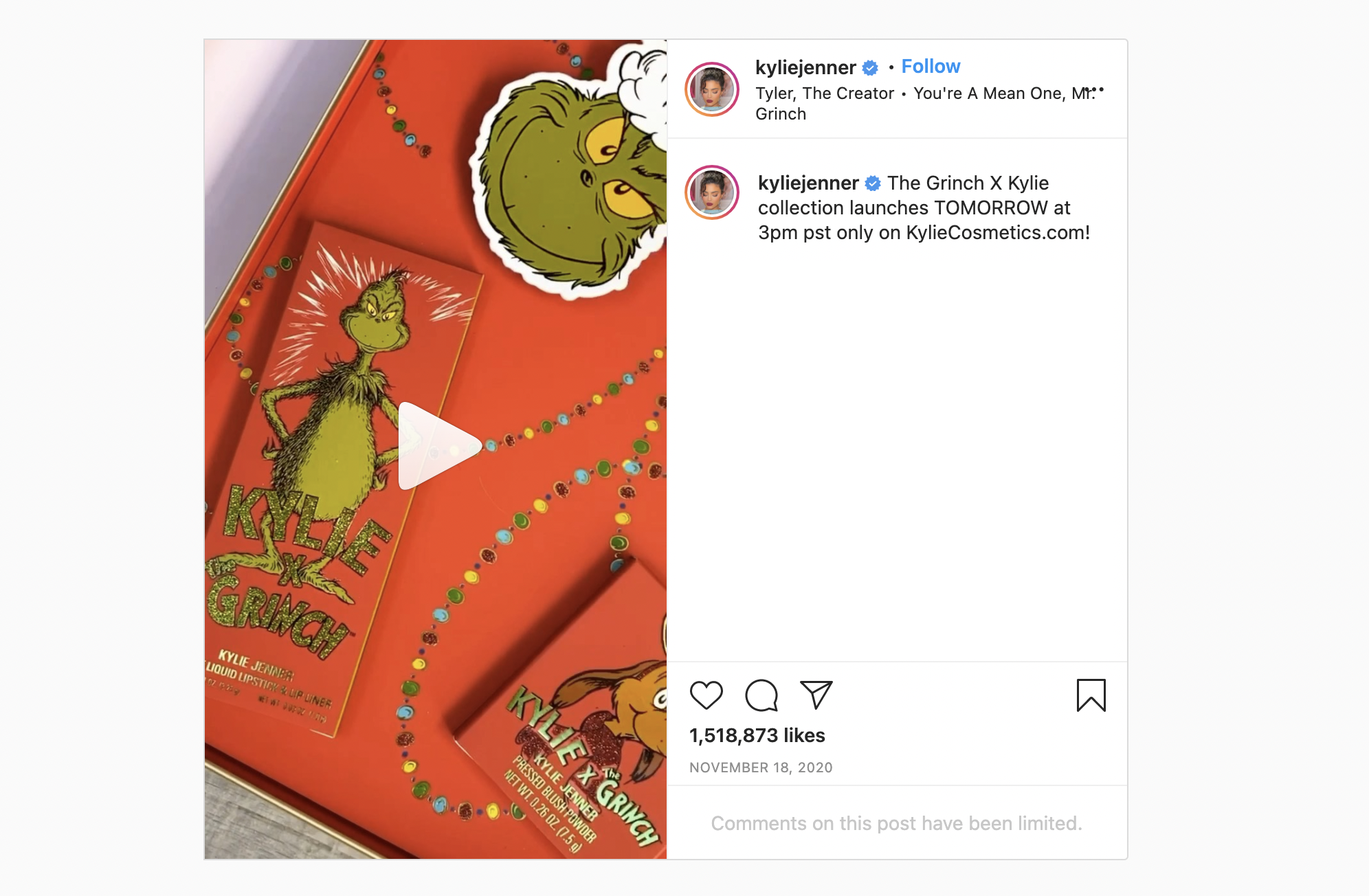The Science of Social Media Product Placement

Quick Summary This article has been updated to expand on influencer data in 2021. Product placement as a form of advertising is nothing new. All you have to do is refer to the movies to see stars using beauty products, drinking soda (label out), and wearing garments (and name-dropping designers) in a bid to raise public interest in the brand.
Nobody likes to be told to make a purchase by those with a vested interest in making sales, but when suggestions come from a seemingly benign source, or even better, from a trusted source, consumers feel differently. They are more likely to respond positively than they would to a hard sell.
The times are changing, though. With new forms of communication, advertising, and entertainment via the online and mobile arenas, there are new opportunities for product placement, especially on social media, where celebrities and social media influencers have the power to reach millions of fans and followers with their suggestions.

The Power of Posting
When Kim Kardashian wears a waist cincher during a workout or chomps a chewy vitamin and posts a pic on Instagram, 100 million followers see it. Then there are social influencers, those who have thousands or even hundreds of thousands of followers for whom they act as a trusted friend, more so than a celebrity, and their influence can be massive.
Just look at Delta Airlines. Back in 2012, just after Facebook purchased Instagram, the company paid several high-profile New York photographers with Instagram followers of over 100,000 each to take photos of the New York Rangers (a team they sponsor) during a game against the Ottawa Senators. The company gained exclusive access to areas not usually open to the public, like the Sky360 club, and photographers basically provided a behind-the-scenes look for followers. The result? 5.6 million impressions for Delta, which did little more than piggy-back on established Instagram accounts.
When baker Rosanna Pansino, best known for her YouTube baking show “Nerdy Nummies”, was tapped to promote the DragonVale video game last year, she provided a how-to video teaching her (then) 6 million subscribers how to bake a DragonVale-themed dragon fruit cake. By May of 2016, the video had garnered 900,000 views and 25,000 likes on YouTube. Today, it is still going strong, with over 1.4 million views and over 29,000 likes.

Considering that audiences age 18-49 increased time spent watching YouTube videos by an incredible 74%, while their time spent watching TV decreased by 4%, it’s easy to see why brands might want to tap into a growing resource for reaching audiences. YouTube has over a billion users and purportedly reaches more 18-49-year-olds than cable TV in the U.S., both overall and solely on mobile.
Instagram has 1 billion monthly active users and 500 million daily active users. It is used by 75.3% of brands. As of October 2020, Twitter boasted 340 million monthly active users, with 64% of users between the ages of 18 and 49, and 80% of users being affluent millennials. This is a pretty big draw for companies seeking new ways to reach consumers.
Influencer Costs
Like any type of advertising or promotion, social media product placement is often paid. Celebrities and social media influencers can demand a steep price tag for endorsements, but they deliver huge audiences. Kylie Jenner purportedly gets paid somewhere in the neighborhood of $1.27 million, but considering her Instagram post for her makeup collab with the new Grinch movie in November 2020 has earned nearly 1.5 million views to date, that may be money well spent.

Captiv8, a company that connects brands with suitable social influencers, claims that users with 3-7 million followers can expect to earn just under $200K for a YouTube post, $75K on Instagram, and $30K on Twitter, while someone with around 50,000-500,000 followers still nabs $2,500 for a YouTube post, $1,000 for Instagram, and $400 for Twitter. The cost is less, but so is the reach. Still, with consumers seeking authenticity and trusted referrals, social media product placement with social influencers is pretty attractive to brands looking to connect in meaningful and effective ways.
Conclusion
The numbers don't lie - influencer marketing can give your product a huge set of new eyes. While most companies are selling on social media pages, the data shows it may be time to branch out to a different side of social media to grow your business even more.



